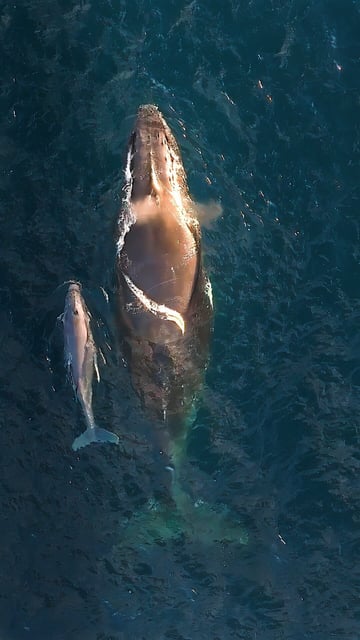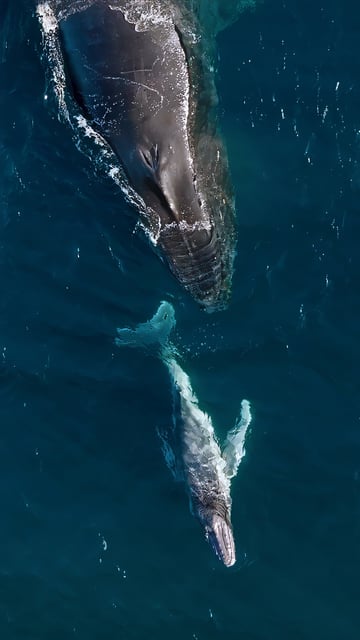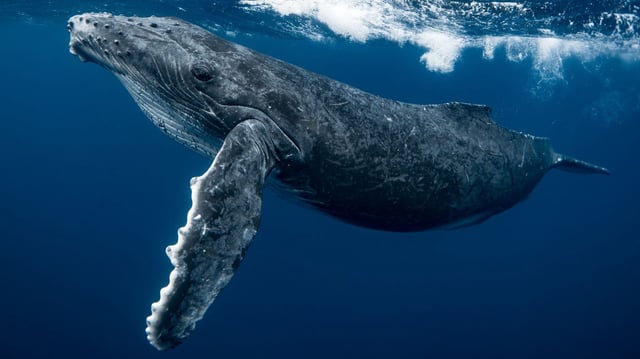Overview
- A study documented 209 records of humpback calves born up to 1,500 km south of traditional tropical calving zones, including Tasmania and New Zealand.
- Historical whaling logbooks and recent data suggest this calving pattern may have existed prior to population declines caused by hunting.
- Newborn calves were observed immediately continuing their northward migration, facing risks such as shipping traffic, entanglement, and predation.
- Researchers emphasize the need for expanded marine protected areas and public awareness campaigns to safeguard vulnerable calves during migration.
- The findings highlight the adaptability of humpback whales and call for further study into the ecological factors driving their calving and migration behaviors.


